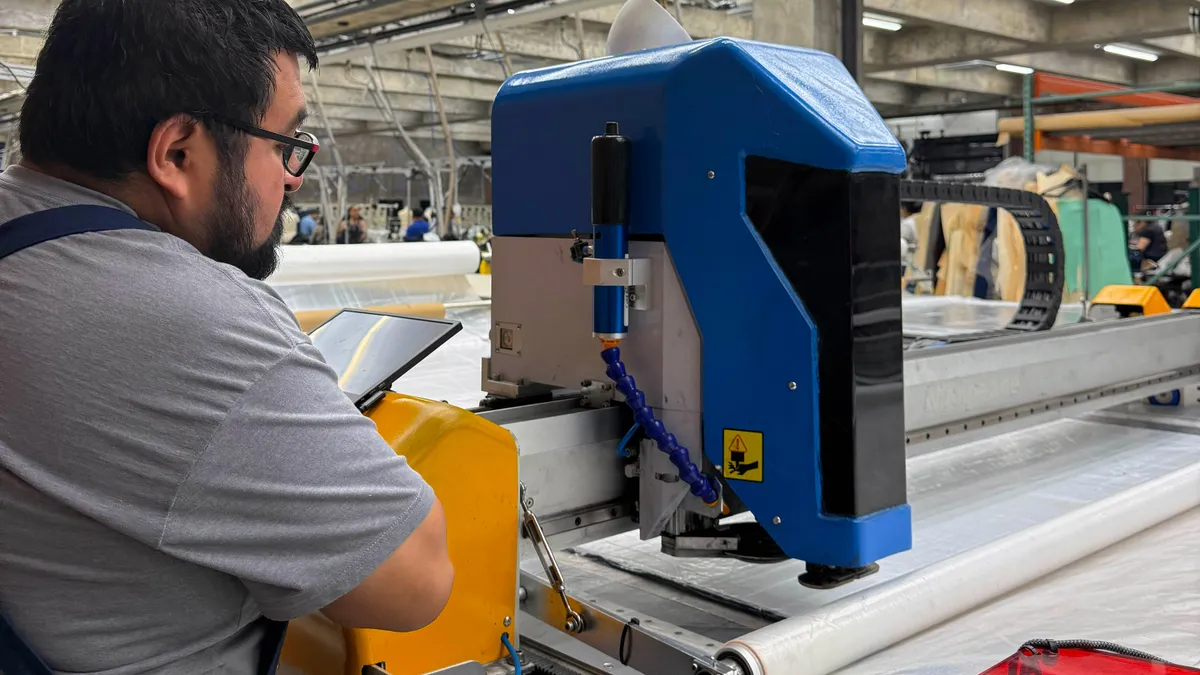Among the top 10 workforce challenges facing manufacturers today, 50% involve people-related concerns rather than technology, according to a Sept. 24 report from global technology intelligence firm ABI Research.
Manufacturing decision-makers highlighted issues such as recruiting quality staff, boosting staff retention and improving workforce skills. Manufacturers reported concerns such as staff being more likely to be trade union members and wage expectations among new recruits.
“Recruiting, retaining and upskilling staff are among the top challenges manufacturers face today,” Michael Larner, a distinguished analyst at ABI Research, said in a statement. “Skilled individuals are required to operate and maintain equipment while also focusing on optimizing production lines. Simply put, there aren’t enough of these individuals in the workforce today.”
In a survey of 461 manufacturing decision-makers in the U.S., Germany and Malaysia, 69% said a lack of expertise prevents digitalization at their company. Respondents listed staff training among the top investment areas for the next year to improve productivity and quality.
Even cybersecurity concerns included people challenges: U.S. respondents said they’re worried about issues such as reputational damage, losing data and the risk of missing customer orders, but a significant proportion also expressed concerns about staff safety as a result of a breach.
Despite year-over-year improvements in production capacity, revenue and shift work, most manufacturers have said they’re still struggling to fill labor gaps, according to a report from the UKG Workforce Institute. In response, HR pros said they’re diversifying recruitment, strengthening the employee experience among front-line workers and training front-line managers.
In fact, without changes to the talent experience, the industry could be short nearly two million workers in coming years, according to a Deloitte and Manufacturing Institute report. Manufacturers need workers at every level — but especially in technical roles — and changes in education, training and work flexibility could address the talent gap, the report found.












